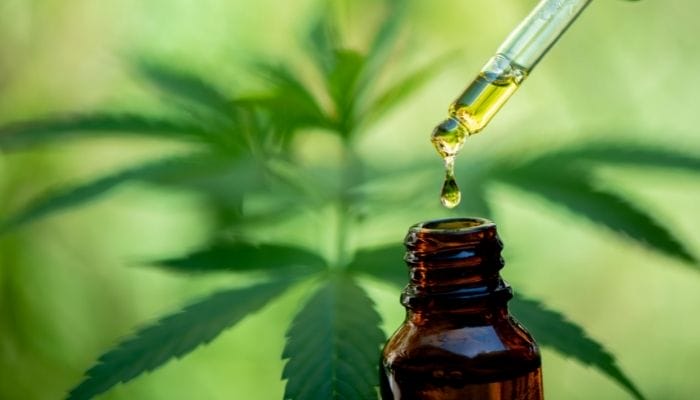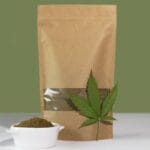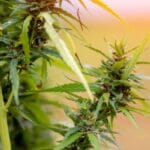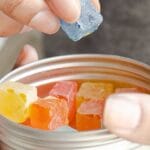Marijuana and hemp are both products of the cannabis plant, but their properties and compounds vary based on production processes. A product sold as CBD oil comes from the hemp plant, which houses less than 0.3 percent THC. In other words, it does not share the psychoactive effects of marijuana, but is effective in other ways. Some of these benefits include alleviating chronic pain, reducing anxiety, and increasing focus.
Let’s dive into the process behind making CBD oil through the eyes of the hemp plant
Planting
None of this would be made possible without the hemp plant. Ideally, hemp farmers plant them about four inches apart, which is an excellent way to maximize yields.
The most optimal time for ground planting is at the end of May and the beginning of June, so the germination phases should occur at the end of April and through May.
Harvesting
If the processors are successful in their planting timeline, the harvesting can begin close to October. Due to the legalities of planting and harvesting, the crops undergo testing to ensure they meet federal regulations.
When the hemp clears harvesting standards, air-drying in a well-ventilated area, or curing, takes place for up to four weeks. Trimmers will strip the dried flowers from the stems and prepare them for the extraction phase.
Extraction
The extraction process is critical because this is where the compounds experience their break into the final product. A processor can choose from five common cannabis extraction methods, and each produces a slightly different result.
The primary goal is to pull the CBD from the hemp plant to create a topical or ingestible form. Oil extraction and ethanol extraction are the two most popular methods for producing CBD oils and topicals.
Creating the Oil
When the primary CBD compounds leave the hemp plant after the extraction method, it’s ready to combine with other things, namely carrier oil or flavoring. Common carrier oils like coconut, MCT, and orange deliver the attributes of CBD to the consumer through the body. Because CBD oil can contain an earthy or hemp-like taste, orange oil is standard for sweetening and refining the flavor.
Testing and Packaging
Each processor should use third-party testing to ensure each batch follows federal standards. The testing involves potency and purity standards, and a third-party lab can differentiate between quality products or mislabeled packaging. This process ensures consumers receive the finest product without misleading or inaccurate information.
The process behind making CBD oil is extensive. Understanding the importance of the seed-to-sale path can contribute significantly to a consumer’s trust in the products and the processor’s ability to create quality CBD.







